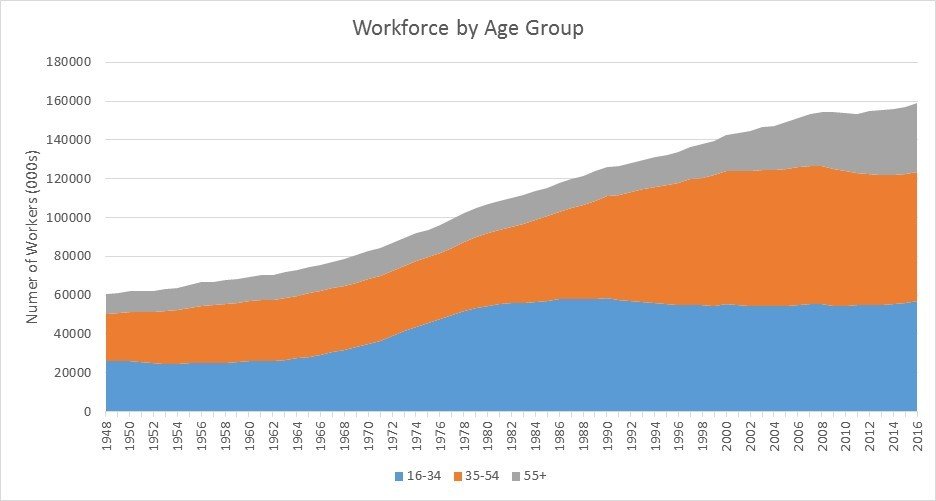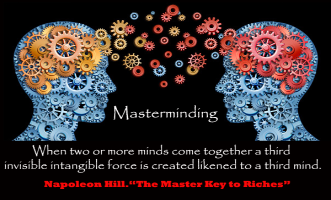This is the ninth blog of a series, “12 Simple tricks to Success” from FindAMentror.com. We reveal one trick each month for you to read and practice so that in 12 months you’ll have developed some habits that can expedite your success. Enjoy!
Just like every trade and profession has its’, “tricks of the trade”, all very successful people have 12 tricks they do, no matter what industry or institution they work in. They do those things consistently. They are important processes that great and successful people follow.

12-tricks-to-sucess-part-9
Trick number nine:
Get in touch with your feelings;
. . . Especially your positive ones like Gratitude, Confidence, Enthusiasm and Love.
High energy is extremely important to becoming successful. Feelings are energy. Successful people have energy and create energy in others. We can feel it. We’ve all heard statements like,
“You could just feel the energy in that room shift when he walked in — what a change.”
What we typically describe as a desire for success is more specifically a desire for the positive feelings associated with reaching our goals. We all want confidence, joy, excitement, peace, security—and many other uplifting emotions that we associate with successful people.
We set goals because we know that achieving them will make us feel good about ourselves and the world. The feelings are first and foremost, not the goals. We will change a goal in a second if we think we can achieve another goal that will bring us the same feeling sooner. So what we really desire is positive emotion.
The myth is that positive emotion only comes when we get what we want and when events outside of our control happen to trigger it — that the positive emotions we feel are governed by circumstances and situations outside of us. We often blame outside people or circumstance for how we are feeling, and ultimately for our plot in life.
The truth is that we can have power over our emotion. Outside circumstance can trigger emotions, but we can exercise our power of choice to shift them. We can shift emotions with thought control. We can invoke positive emotion when we concentrate with thought, on certain things. When we control our emotion to be positive, we attract more positive people and circumstances into our lives which results in feeling more positive emotion again and again.
But trouble occurs when we can’t sort out the tangled web of emotions most of us have, and we can’t identify the specific negative feelings we have, that are holding us back, or the specific positive feelings we want, that can propel us forward. Emotions often camouflage themselves and we have a tough time identifying or articulating them. We want to hide negative emotions from ourselves so we don’t have to deal with them consciously. It’s the kind of situation that leaves us feeling directionless or lost.
Revealing and acknowledging our emotions allows us to confront them. It allows us to choose to keep the positive emotions and shift the negative ones.
Often we don’t want to admit we are feeling negative — or we are happy to justify our negative feeling by outside circumstance. Ignoring negative emotions, or pretending they do not exist, slows our journey to becoming the best person we could be. It prevents us from going the extra mile and providing great service in our work so we can achieve success. Denying emotion blocks healthy relationships from unfolding and keeps us stuck in the same old patterns. If we want to break patterns and change our life, it’s absolutely critical to be aware of our emotions at all times. Awareness is key.
Step one is to acknowledge the negative emotions and clearly articulate them. Be clear. This takes practice in my experience. We are not used to clearly identifying and articulating emotion. There have been times people have asked what I’m feeling and I’m at a loss for words and description. Using a list helps. You can find a feeling list online at Center for Nonviolent Communication: feelings-inventory
Step two is to shift the negative emotion by changing the thought pattern. Once we are clear about our emotion, we can often ground it out by simply acknowledging it and sharing it. Other times it takes persistent thought control discipline.
Positive thinking offers a powerful way to replace negative emotions with positive ones. It can head off negative reactions when a feeling triggers us. It can help us turn roadblocks into building blocks or adversity into an advantage. It is the key to changing our emotions.
The process of positive thought invokes positive emotion. Real positive thinking requires real commitment to changing fundamental habits of thought and underlying emotions, if it’s going to work for the rest of our lives.
It’s a good idea to develop your own list of feelings that you habitually experience. List the negative auto responses and the negative feelings you experience that keep you stuck. Beside each one, list a positive feeling that is easy for you to invoke that shifts you out of the negative. Then practice your shifts every time you feel negative.
Your lists, if you chose to develop them, would be as individual and unique as you are. Some may feel that lists of emotions are a rather artificial means of developing positive personality traits. I like to think of lists as tools for examining my character more objectively. Emotions are deeply complicated, interconnected things and difficult to sort out at the best of times. Developing lists may assist in that process.
For some, the process of attracting wealth into their lives through positive thinking and feeling takes a long time. It’s simple enough to change a few thoughts, but real change occurs when positive emotions become strong enough that they’re habitual or second nature. This process sometimes requires a great deal of commitment, but when positive feelings become habitual, positive circumstances begin to happen habitually.
When I’m having a real tough time shifting from a negative feeling, I’ll often choose to go to a thought pattern of gratitude. When I felt worried about money, I changed my thinking to something like, “I have enough money to eat today, I have a roof over my head, and I feel grateful for that.” That pattern of thought helped me feel gratitude, a very healthy, positive emotion — more healthy than the worry I felt. Gratitude is a positive emotion and a great shifter. There is always something in life to be grateful for, even if it’s life itself.
Other times I’ll simply go to a happy place in my mind that takes me back, or forward, to a place I love about life.
Another trick is to think about the good I’ve done so far in my life or the accomplishments I’ve already made. This eventually leads to the idea that the current negative is only part of a process I’m on right now, and it will shift. The fact is, emotions always shift from day to day or moment to moment. Sometimes it will take me a half a day, or even a full day to feel better. The key is to keep going—persevere with the shift of thought until the emotion is shifted. Achievement or growth is an up and down journey—remember there is always an up after a down and vice versa.
Patience, a very healthy and positive emotion, is key to changing habits. Changing habits can take ten minutes or twenty years, depending on how deeply ingrained they have become. Personally, it took me eighteen years to deal with my fear of not having enough.
Eventually negative triggers happen less as we build positive thought and emotional habits. We begin to attract more positive people and situations into our lives as we think and most important — feel more positive.
If you are struggling with the discipline necessary to shift negative process on your own, seek some support in the form of mentors or mastermind groups — people whom you can trust with the secret parts of yourself. When we share negative perspective with a trusted person that is committed with us to a journey of growth, they can help us shift when we struggle. We can do the same for them.
We could look for support and guidance in places that might include our church, our personal network of trusted friends, a local university offering free basic counseling services from interns, inexpensive or free group organizations such as AA and internet clubs, or reading articles such as this one. There are others. Think in options!
Another method for shifting negative is to seek professional support, a good psychologist.
So to recap:
- Be aware of your negative emotion and own it.
- Change your thought patterns and it changes your emotion.
- Get support through mentors or mastermind groups to help when you are struggling to do it on your own.
- Get support from professionals.
Make the choice! Start with gratitude. Confront your negative emotions and fears. Then move forward with confidence.
FindAMentor.com
















 Daily Inspirational Email Sign Up
Daily Inspirational Email Sign Up